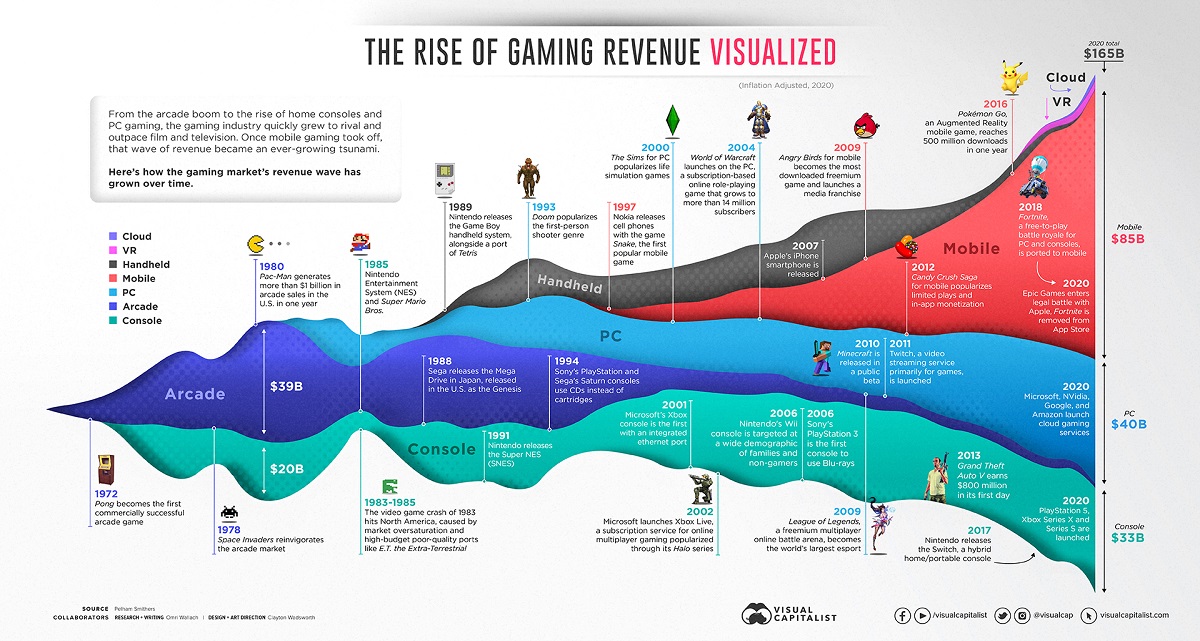Dr Andrew Atter and Usman Salim joined us for our latest lunchtime webinar to explore the untapped potential of gaming as a facilitator for learning and development for young women.
As the UK grits its teeth through a third national lockdown, it might be difficult to imagine life on the other side of the COVID-19 pandemic. However, as the projected impact on employment becomes all too apparent, it is essential to consider how the economy will bounce back once a level of normality resumes.
A key group that will be impacted by changes in the job market are the ‘NRS cohort’ (DofE 2020): Gen Z young adults who are in insecure employment and who are harder to reach through formal training opportunities.
This is where Dr Andrew Atter, Visiting Fellow at CIMR, and Usman Salim, Founder and CEO of Liontech Studios see opportunities for game and learning design to contribute to the post-COVID economic recovery.
In a webinar exploring the untapped potential of gaming as an education tool, Atter and Salim highlighted that video gaming is becoming a major form of entertainment, overtaking TV as the pastime of choice among some demographics, helped along by the exponential rise of mobile gaming. At the same time, technological innovation is booming, with AI, 5G and augmented reality among the key players set to grow rapidly.
The gaming industry is a poorly researched area, and while there are well-documented and valid concerns linked to online activity, such as cyber-bullying and gaming addiction, Dr Atter asks whether enough time has been spent considering how gaming could be a positive force for learning and innovation.
How do women experience gaming?
Perhaps unexpectedly, 32-40% of gamers are women and they have notably different preferences than male players. A high percentage of women play creative, problem-solving, learning-orientated games, whereas they spend less time playing violent games which represent the more negative aspects of gaming (although Dr Atter is keen to point out that understanding the reasons behind this preference, whether it be social conditioning or marketing, require further research). Nevertheless, these gaming patterns point to the potential for learning opportunities.
What could such opportunities look like? Atter and Salim point out that currently just 20% of game developers are women, so one avenue could be exploring how to create pathways for avid gamers to become game designers.
Gaming also offers vast opportunities for personal development in areas such as agency, identity, self-efficacy and higher order mental functions.
Finally, gaming could provide an alternative way into STEM, an industry whose gender gap is widening in Gen Z at a time when policymakers are trying to narrow it.
Taking it further
In discussion from Dina Mansour, PhD student in Birkbeck’s Department of Management, Atter and Salim explored how such change could come about and where the agency lies to prompt more young women to explore a future in STEM.
Concerns around the objectification of women seen in certain genres of game were also discussed, alongside the amount of time it could take to get buy-in on the positive aspects of gaming.
Questions from the audience considered how such games would become profitable; whether gaming could be applied to therapeutic applications and where young women can find gaming hackathons to get started in game design.
A recording of this event is available to watch on YouTube.

